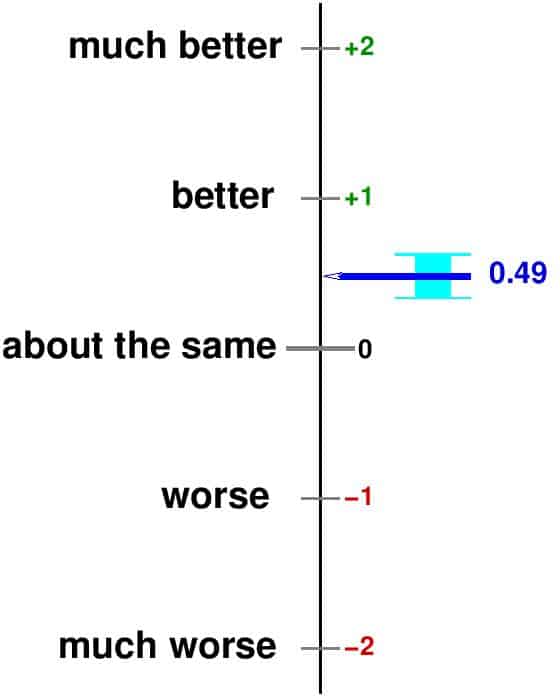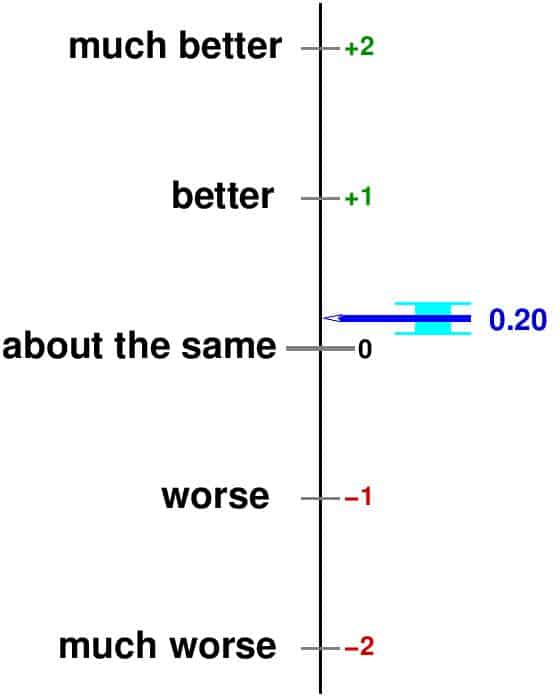Parallel Sessions: MOOC meets Flipped Classroom
Guest post by Caltech Prof Yaser S. Abu-Mostafa on running his MOOC and campus class in parallel.
Editors Note: This is a guest post by Yaser S. Abu-Mostafa, a Professor of Electrical Engineering and Computer Science at the California Institute of Technology.
When I set out to create a MOOC in 2012, I was keen on making the online version of the course an honest replica of the campus version. Indeed, my Machine Learning MOOC “Learning From Data” (new session starts on edX next week) runs as a “Caltech Parallel Session.” Online students take the course simultaneously with Caltech students who are taking it as a formal course on campus. Everyone uses the same lectures and the same homework, and everyone interacts together on the same online discussion forum.
My philosophy was to share the Caltech experience with the whole world. No dumbing down of the course for popular consumption, and no feel-good illusion that you are doing a Caltech-level course when you are not. Whether you get 100% of it or less, you know that what you are seeing is the real thing.
This approach raises a number of questions on and off campus. First, on campus, what do you do in class time if the lectures are available as videos? Does this approach work for Caltech students who are used to regular classes? Are Caltech students OK with sharing the class with online students? Off campus, how do online students react to a rigorous, traditional course designed for Caltech students? I will address these questions here using real data.
You can’t just walk into class and say: “Any questions?”
I used class time for discussion of the material that the students have already seen in detail on video. This is a typical approach to the “flipped classroom” model, where class time is used to cement what was learned in the video lectures. The biggest challenge was to make sure that the discussion is lively. You can’t just walk into class and say: “Any questions?” What I did was to give a high-level overview of the material, using the same slides that were used in the video, and ask the students questions as I go and solicit questions from them as well. This proved very effective. In fact, I believe the students learned better this way, as they got exposed to the material twice at two different levels, with a more relaxed opportunity to reflect and discuss.
That’s what I think, but what do the students think? I ran an anonymous survey of Caltech students after the course was over. I was hoping that the experience was not worse than a regular class. To my pleasant surprise, the students preferred the flipped classroom in a statistically significant way (see Figure 1).


I also worried about how Caltech students would react to sharing the class with online students outside Caltech. In the survey, Caltech students indicated that they liked that by a small, but statistically significant margin (see Figure 2). I think the main factor for them was the availability of a lively online discussion forum where every conceivable question gets addressed.
Finally, let me describe my experience with how the online students reacted to the parallel session. A Caltech course does not cater to short attention spans, and it may not provide instant gratification. It does, however, lead to an understanding of the material at a deep, uncompromising level. This idea was not an easy sell, given the many MOOCs out there that are quite simple and have a “video game” feel to them. The first two weeks of my MOOC saw a significant self selection of the students who appreciated the style of the course, and those who didn’t. Some of the students who complained early on but decided to stick with the course had very flattering words to say at the end.
I do not view a Caltech MOOC as an attempt at mass education. I view it as an attempt at mass targeting of talent.
As the saying goes, different strokes for different folks. I do not view a Caltech MOOC as an attempt at mass education. I view it as an attempt at mass targeting of talent. Anyone in the world, with the aptitude and discipline to take this course, will get a genuine sample of what Caltech education is like.








Rafael Espericueta
And a wonderful experience it was! This semester I’m completing my MS in computer science, with a specialization in machine learning. Thanks Yaser Abu-Mostafa!